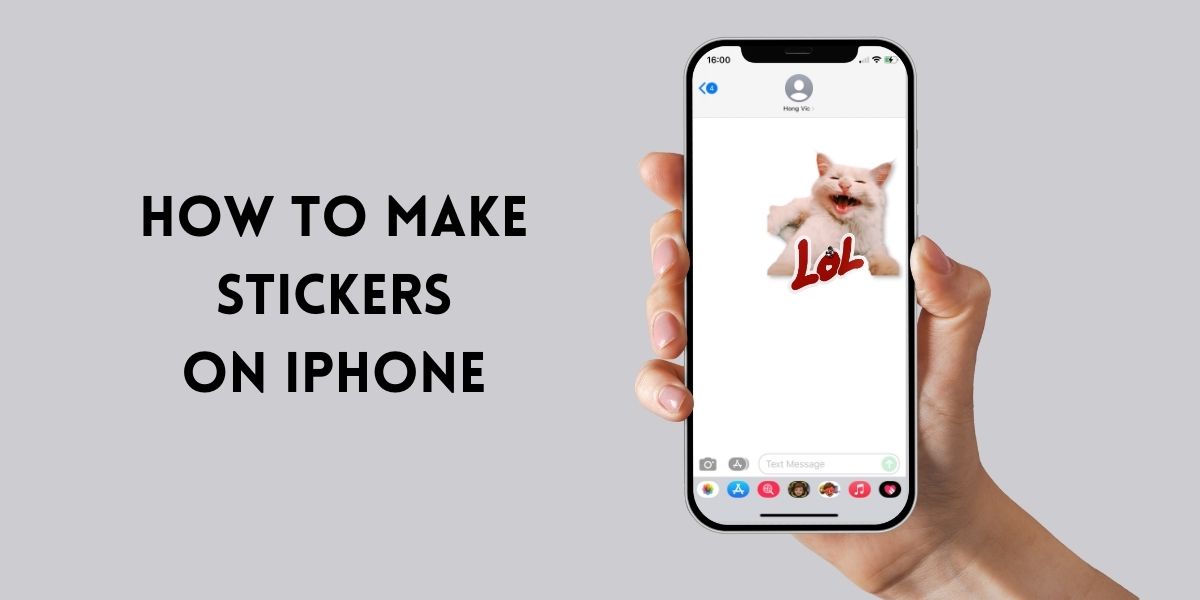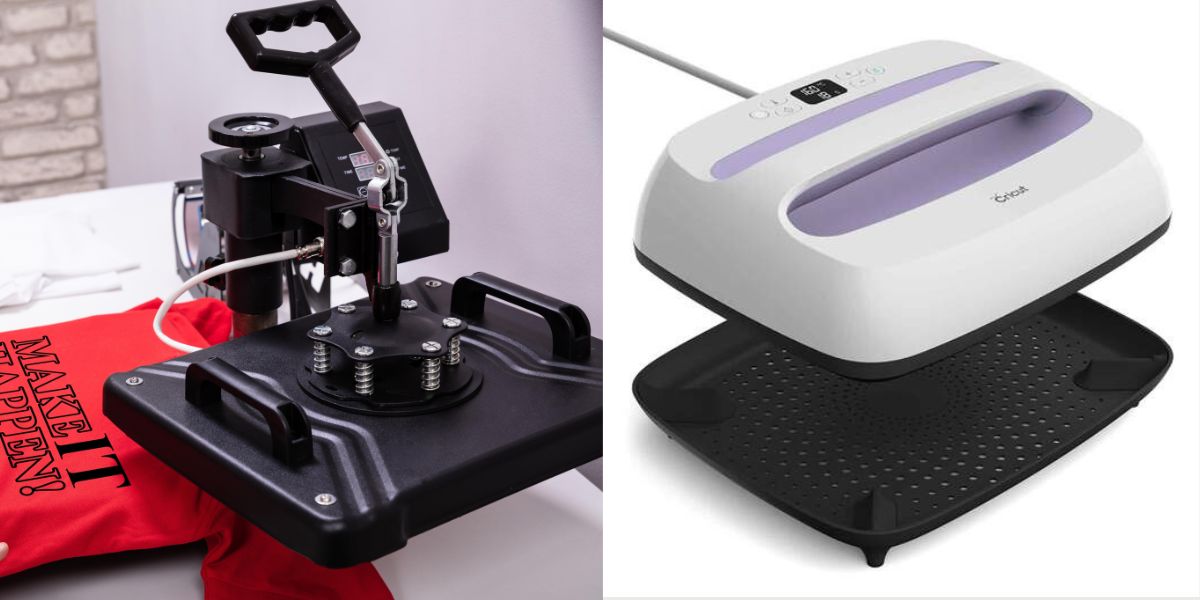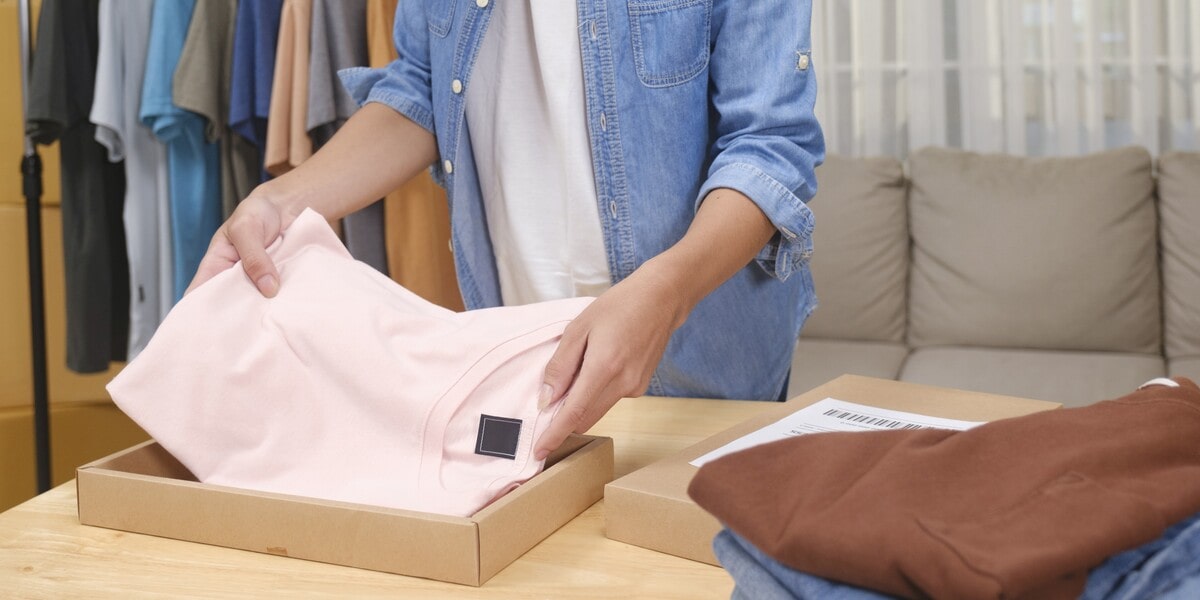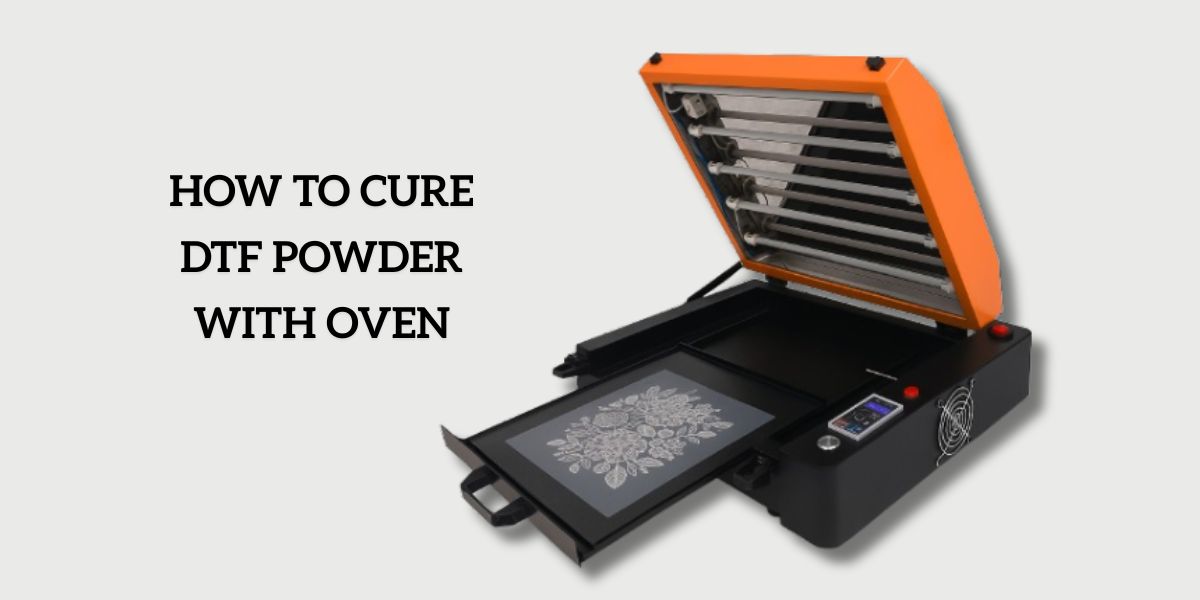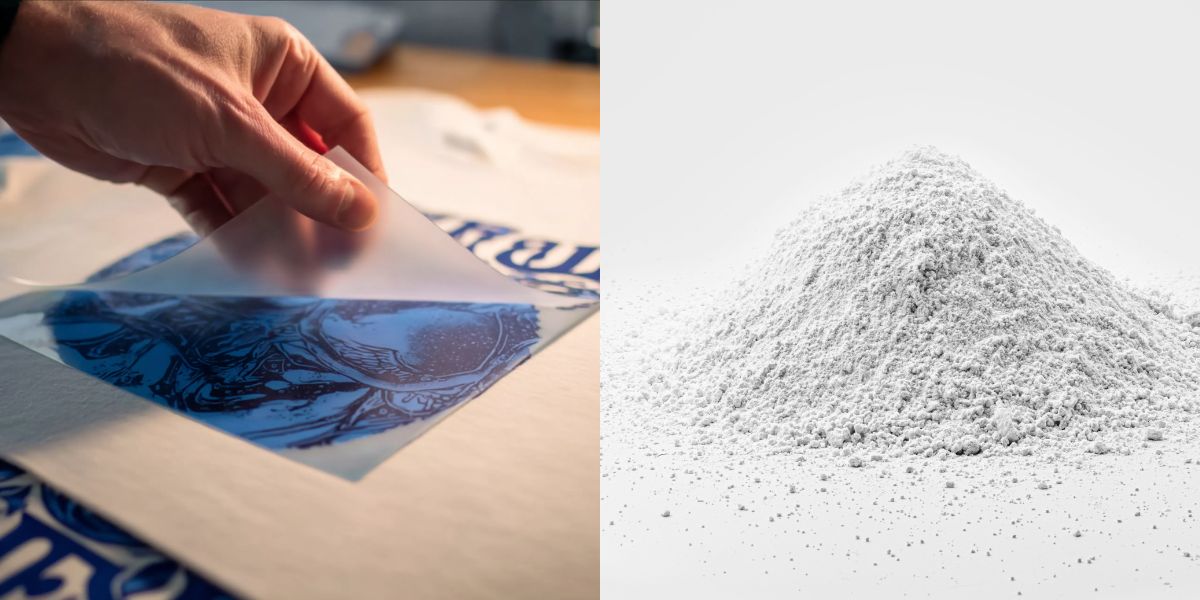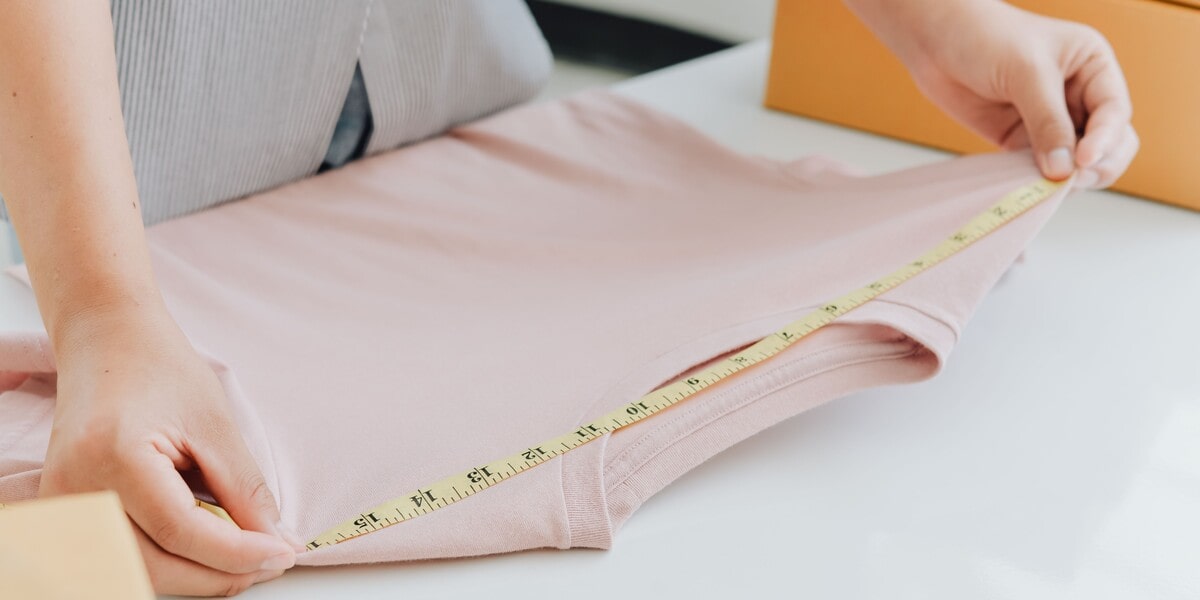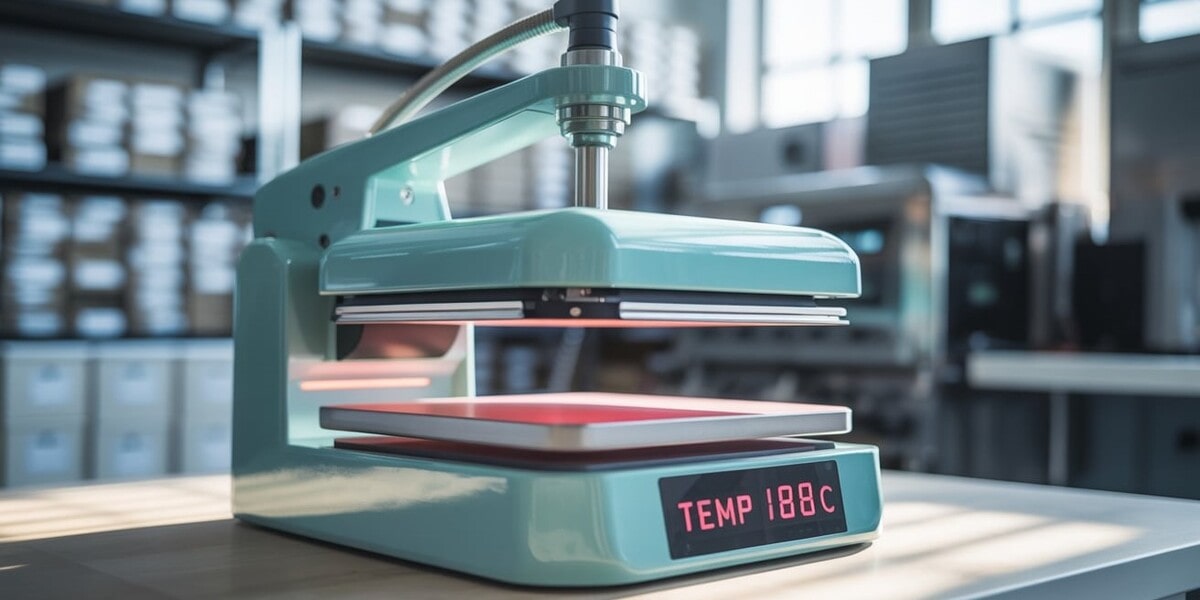
Blog
DTF vs DTG Printing: Which One Wins the Print Battle?

DPI, CMYK, RGB, DTF, DTG, TIFF, … – with so many acronyms flying around, it’s like a secret language of the printing world that can often leave you feeling confused. Don’t worry, we’re here to decode the text messages: DTF vs DTG printing.
These are 2 printing methods usually used in the world of printed or custom apparel. In one corner, we have DTF, known for its remarkable versatility and vivid color prints. And in the other corner, DTG steps up with its precision and high-resolution prints.
DTF vs DTG – Which one is better? Which one will claim the crown for your printing needs? Your decision will be a game changer for your prints if you choose the right one.
So, let’s discover the truth behind 2 heavyweights of custom printing: DTF vs DTG – through our head-to-head comparison below.
What is DTG Printing?
DTG, or Direct to Garment printing, is a printing method that’s all about detail.
So, what is direct to garment printing? How does it work?
This printing involves using DTG printer – a specialized inkjet printer to apply ink directly onto fabric, creating high-quality, vibrant prints. In the DTG printing process, a digital image is loaded onto the computer connected to the printer. This image is then directly printed onto the fabric, allowing for intricate and colorful designs.
DTG printers are equipped with specially formulated textile inks that are absorbed by the fabric’s fibers, resulting in a soft and long-lasting print.
DTG printing is particularly effective on light-colored, 100% cotton garments, where the ink can be absorbed best. However, advancements in technology have expanded its capabilities to work with a variety of fabric types and colors, offering a versatile solution for apparel decoration.

What is DTF Printing?
What does DTF mean in text? How does it differ from DTG?
While DTG focuses primarily on fabric, DTF – or Direct to Film, opens up a world of possibilities. In this process, your design is printed onto a special transfer film. It allows you to transfer your designs onto not just fabric but various surfaces, such as wood, glass, leather, ceramic, etc.
In the DTF process, the design is printed onto a film using a specialized DTF printer, and a layer of adhesive powder is added to the back of the printed image. This print is then laid onto your desired surface, whether it’s a cotton T-shirt or a wooden plaque. Heat and pressure are applied, causing the ink to transfer from the film to the surface.
Your output is a crisp, vibrant and full-color design that adheres seamlessly to the chosen material.
If you want a more detailed breakdown of DTF printing, be sure to check out our related article, “What is DTF printing and How does it work?” for a thorough explanation.
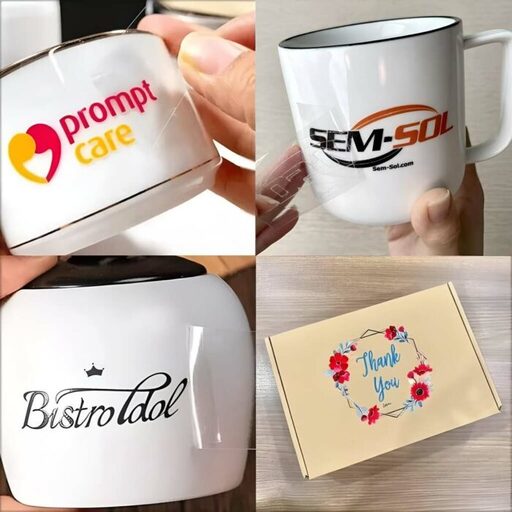
DTF vs DTG printing: Head-to-Head Comparison
Now that we’ve laid the groundwork, let’s go further into comparing DTF vs DTG printing methods across 5 critical aspects as followed:
1. Fabric Compatibility
- DTG Printing: DTG is designed primarily for fabrics, particularly those with a high cotton content. While it excels in textile printing, attempting to print on non-textile materials may pose challenges due to its limitations.
- Printing: Direct to Film printing not confined to fabrics alone; you can use DTF prints on diverse surfaces like wood, glass, leather, ceramics, and more. This versatility extends the creative possibilities for those who produce custom products like mugs, tumblers, wood signs and more.
2. Print Quality
- DTG Printing: DTG boasts photo-realistic quality prints that often leave a lasting impression.
- DTF Printing: DTF printing stands out with its remarkable color vibrancy and sharpness. The prints it produces are not only vivid but also incredibly durable, thanks to the substantial ink layer. This means your designs will pop with eye-catching brilliance, and they’ll withstand the test of time.
3. Cost Considerations
- DTG Printing: When it comes to cost-effectiveness, DTG may appear budget-friendly for smaller orders, but as the volume increases, so does the cost. This is primarily due to its relatively higher ink consumption. For businesses with limited quantities or complex designs, DTG remains a competitive option.
- DTF Printing: DTF takes the lead, especially for bulk production and intricate designs. Its efficient ink usage translates to savings on larger orders, making it a preferred choice for businesses aiming to balance quality with budget.
4. Production Speed
- DTG Printing: DTG is often the go-to choice for quick turnarounds, particularly for smaller print runs. Its swifter production speed ensures efficiency, making it ideal for businesses with shorter deadlines and smaller-scale projects.
- DTF Printing: DTF can be a tad slower than DTG, primarily due to the additional transfer film step. For those with larger orders, this might impact turnaround times. However, this doesn’t diminish its appeal when quality and versatility are paramount.
5. Environmental Impact
- DTG Printing: In terms of environmental friendliness, DTG shines. Its ink-efficient nature and minimal waste production make it the greener option. The lower ink consumption not only reduces waste but also minimizes the ecological impact.
- DTF Printing: While DTF is a fantastic printing method, it tends to use slightly more ink, and the inclusion of a separate transfer film can lead to additional waste. However, advancements in eco-friendly DTF practices are continually emerging, helping reduce its environmental footprint.
Handy summarizing table:
| Aspect | DTF Printing | DTG Printing |
| Fabric Compatibility | Versatile | Fabric-focused |
| Print Quality | Vibrant, sharp, durable | Photo-realistic, fading possible |
| Cost Considerations | Cost-effective for bulk | Budget-friendly for small, pricey for bulk |
| Production Speed | Slower due to Film transfer | Faster, ideal for quick turnarounds |
| Environmental Impact | More ink, additional waste | Less ink, minimal waste |
Choosing between DTF vs DTG requires you to examine these 5 aspects in detail, and determine your priority to pick the most suitable for your needs.
4. DTF vs DTG prints: Common Applications
By referring to the comparison table above, you can see the difference between DTG and DTF.
DTG’s exceptional print quality is an ideal choice for the fashion industry, especially for printing large and detailed designs on natural materials. It ensures that every thread is a canvas for your creativity.
DTG’s cost-effectiveness for small orders makes it the preferred method for businesses catering to niche markets or limited-edition releases. You can offer a wide range of designs without breaking the bank.
Meanwhile, DTF’s versatility extends beyond fabrics, making it the go-to option for various purposes. Whether you’re designing vibrant t-shirts, cozy hoodies, or personalized sportswear, DTF ensures your creations stand out.
DTF is perfect for producing promotional merchandise such as branded tote bags, caps, and even custom mouse pads. The versatility and durability of DTF prints ensure your promotional items make a lasting impression.
5. DTF vs DTG: Making the Right Choice

Is DTF better than DTG? DTF vs DTG printing – Which one should I choose? – The answer is each of the two has its own benefits and is suitable for different needs.
Here’s our suggestion for you for choosing between DTF vs DTG printing or Direct to Film vs Direct to Garment:
Choose DTG printing if:
- You’re running a business with small batches.
- You’re looking to print a single custom item.
- You need to print intricate, photo-realistic designs.
Choose DTF printing if:
- Your design is less detailed but you need it to be vibrant
- You want to apply your designs on various surfaces.
- Your business has bulk orders.
- You’re a creative DIY enthusiast looking for print on home décor, crafting, and unique personalized items.
Before choosing between DTF vs DTG printing, consider these factors and weigh the advantages of each method for the suitable technique that aligns perfectly with your creative vision.
Last thoughts
Selecting between DTF vs DTG can wield significant influence over your project outcomes. In summary, DTF excels when versatility across diverse surfaces is paramount, while DTG triumphs in delivering unparalleled print quality on fabric, especially for smaller batches. To navigate the confusing choice DTF vs DTG effectively, understanding these techniques’ strengths is your first crucial step toward successful printing ventures. We hope that all the information above can help in your printing journey.
Don’t forget that we publish more articles about printing, decorating and customizing every week. So, for those eager to delve deeper into the art of printing and design, our website houses a treasure trove of insightful articles. Check ‘em out here.


